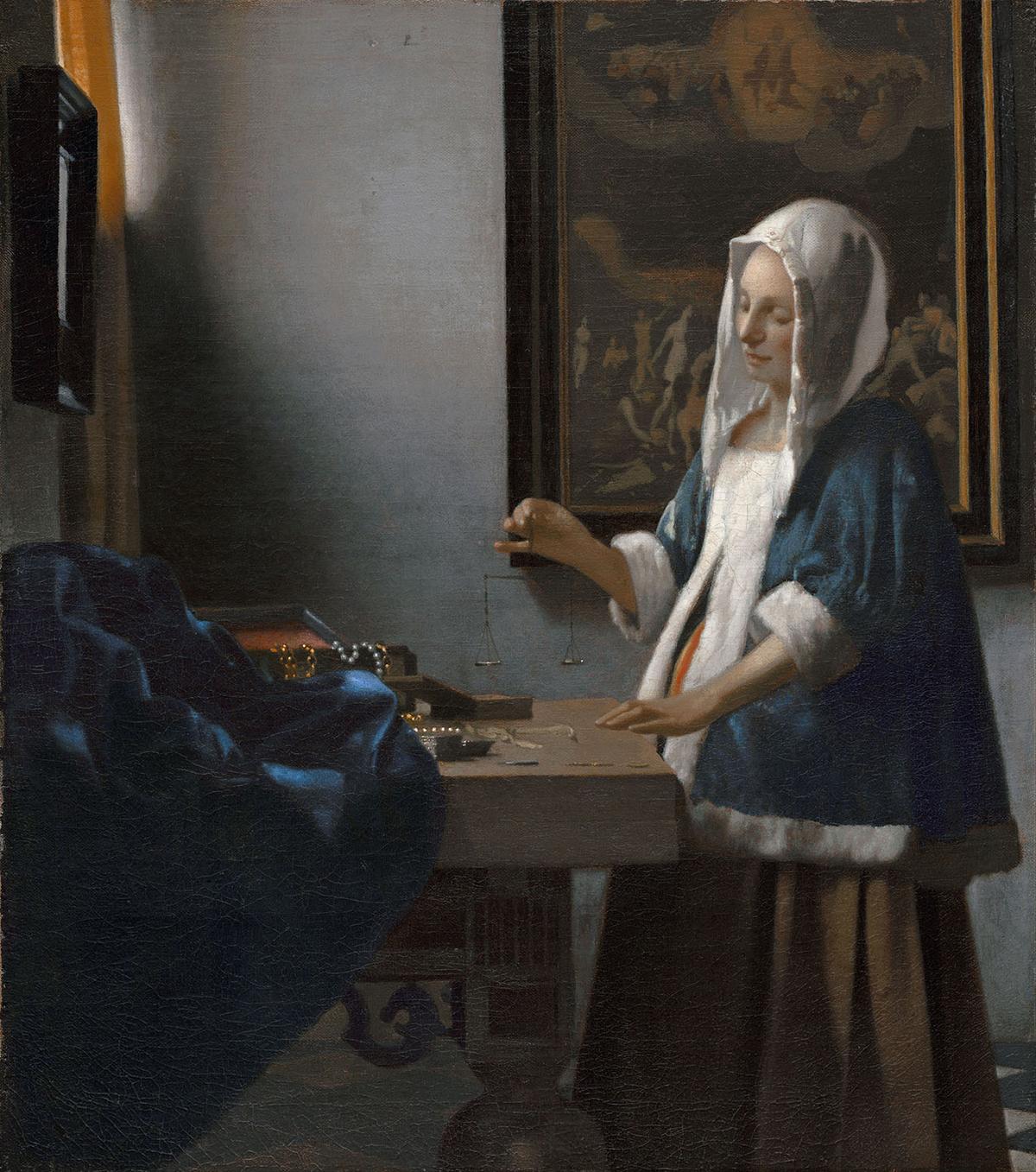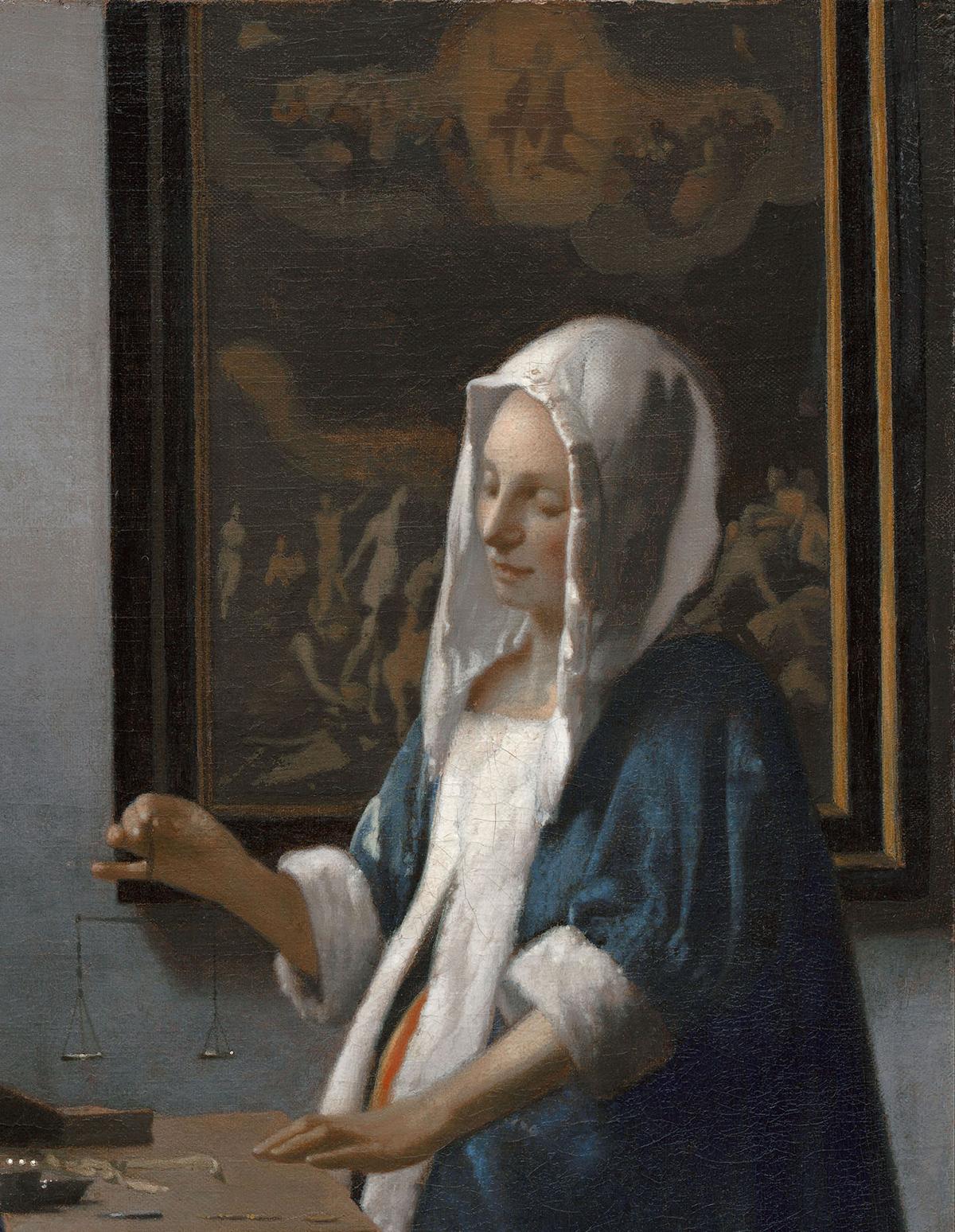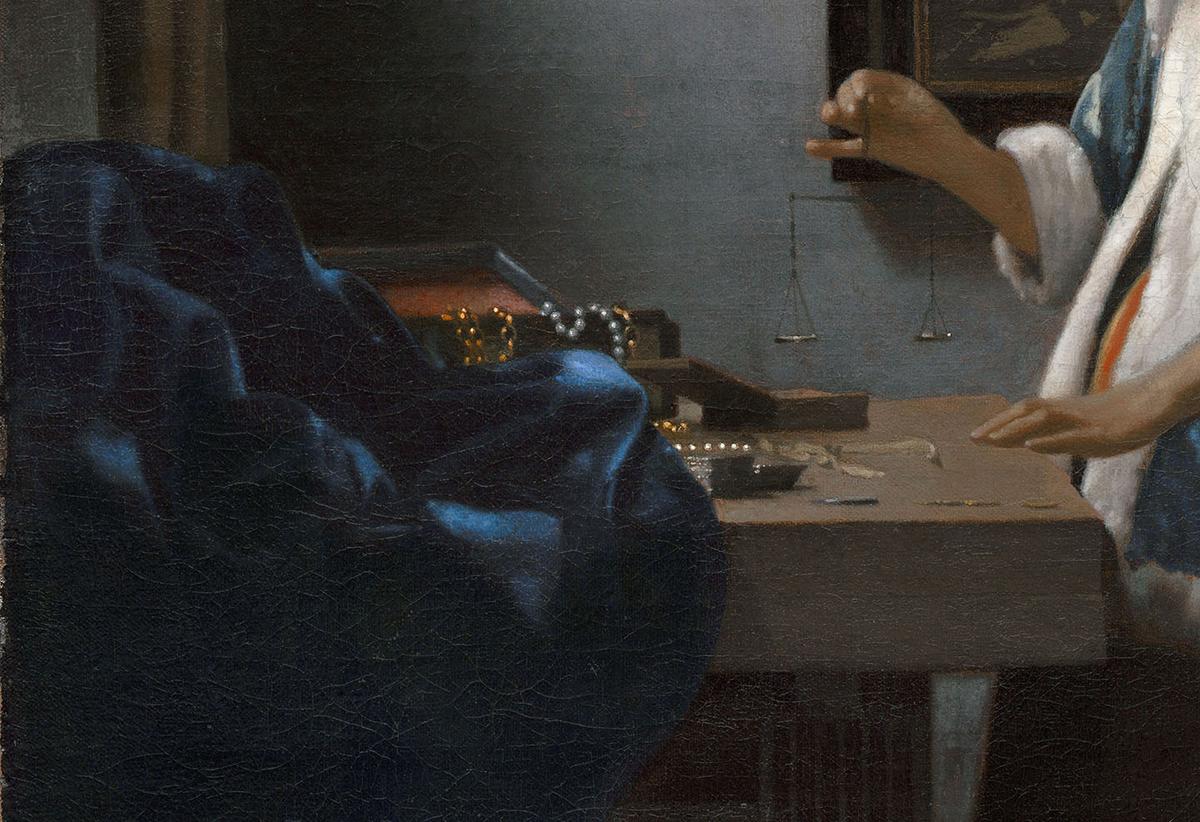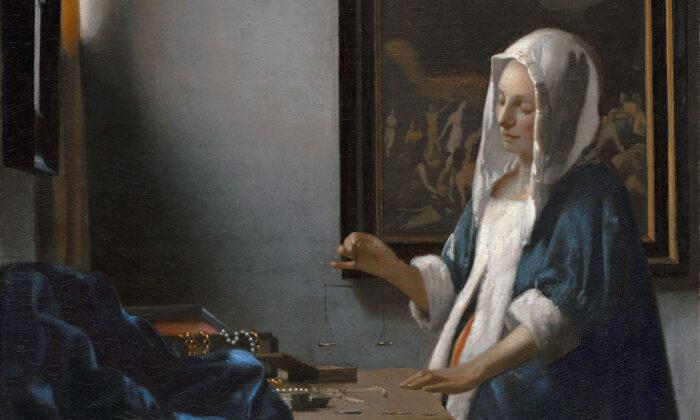As human beings, our capacity for making judgments seems to be innate. We judge what we like, what we don’t like, what’s good, what’s bad, what’s ugly, and what’s beautiful. Arguably, our judgments determine how our lives unfold, for we won’t adopt the beliefs that guide our lives without first judging them to be true.
But why are we so prone to judge? Is it really a tendency innate to human life? Is it just the way that our brains work? Or maybe it’s a cultural thing?
Until recently, world religions determined the traditions of their respective cultures, and many of these world religions warn of a Last Judgment of human souls. In this sense, judging is inseparable from the deep concerns about our fate.
As an act within society, however, judging can reveal a desire for power; it can be a way for some to force their truths on others. History is full of examples in which a person or group judges another person or group as “bad” when they are merely different. The consequences of these judgments are often detrimental to a free society, for there cannot be freedom without difference.
Yet, to be afraid to judge something as bad when all of the evidence suggests that it is so can also be detrimental. Herein lies the difference between judging how someone looks versus judging how someone behaves, which is derived from the philosophical debate about the primacy of form versus content. Martin Luther King Jr. summarized this debate well when he dreamed that his children would “not be judged by the color of their skin but by the content of their character.”
Decades later, the contest between form and content continues, and it appears that mainstream media still judges form as primary over content. That is, what matters more is how we look and not how we behave, and even this judgment is made with the belief that it is a moral one based in empathy and freedom. But is this the best use of our capacity to judge?
Vermeer’s ‘Woman Holding a Balance’

“Woman Holding a Balance,” 1664, by Johannes Vermeer. Oil on canvas; 15 5/8 inches by 14 inches. National Gallery of Art, Washington. Public Domain
Johannes Vermeer’s painting “Woman Holding a Balance” presents an answer to our question. Vermeer painted a lone woman illuminated by a single light source from the window at the top left of the composition. She is dressed in a yellow skirt and a blue velvet jacket with a white hood and white fur trim.
She stands in a room, at the edge of a table. On the table sits a jewelry box with gold chains and pearl necklaces, and there are coins near the corner of the table. Against the wall and table rests a blue cloth that frames the left side of the composition.
The woman looks with deep concentration at a balance that she holds in her hand. The balance is so delicate and painted so subtly that it is almost difficult to see her holding it. The balance is also empty, but none of this seems to affect its importance.
There is a painting on the wall behind the woman. It depicts a scene of the Last Judgment. A figure surrounded by a yellow halo floats at the top with arms outstretched. Other figures flank both sides of the central figure. Below, there are figures reaching out toward the haloed figure, and these figures flank both sides of the woman’s head.

Detail of Johannes Vermeer's painting, showing the Last Judgment in a painting on the wall in the background. Public Domain
Turning Our Gaze Within
What does Vermeer’s painting tell us about the purpose of our capacity to judge?The table contains items that represent the woman’s wealth. The fine cloth, the gold, the pearls, and the coins all allude to her high status in society. And her outfit, the yellow skirt and velvet jacket with fur trim, suggests that she is able to afford a certain lifestyle. Even the painting on her wall reveals that she is of an elite class.
She holds the balance in front of the items as if to judge their worth, but there is nothing on the balance. The balance is painted as if it is ethereal; that is, it is painted as if it is of the spiritual realm. This might suggest that she is not judging the items themselves but her attitude toward them. She has turned her gaze within to judge herself in relation to her environment.
Turning her gaze within hasn’t resulted in her discarding her items, nor has she replaced her fur-lined jacket with a potato sack. Again, this suggests that it is not the items that are to be judged as good or bad, but her attitude toward them. What is more consequential for a soul on its way to heaven: the riches in heaven, or the soul’s attitude toward them?

Detail of the scale and jewels in Johannes Vermeer's painting. Public Domain
And we can presume that her soul is on its way to heaven. The content of her soul is revealed by the form of her outfit: The yellow of her skirt could represent the renewal of her faith in God; the blue of her jacket, a color often associated with the Virgin Mary, could represent truth and heavenly love; and the white of her hood most likely represents her purity of mind.
The spiritual effort of her soul is revealed by way of her position in relation to the painting behind her. We must consider that this is a painting of the Last Judgment, and the figures at the bottom of most depictions of the Last Judgment are struggling to get to heaven.
The figures in the bottom section of this depiction flank both sides of her head. This suggests that acquiring the purity of mind represented by her white hood is a difficult journey, but she endures it nonetheless. And in the painting, God hovers above her head as if watching her progress.
Vermeer painted a simple scene of a woman discovering the purpose of judging. She turned her capacity to judge on herself. Her riches don’t matter; it does not matter if she has them or she doesn’t. What matters is that the content of her heart and mind is pure, loving, and on God.
This provides us with an answer to our initial question: Why are we so prone to judge? Maybe our capacity to judge is a pathway to the divine. That is, if we use it in the way it is intended to be used, turn our gaze within, and subtly judge the content of our character, the heavens will rejoice at our presence and God will be pleased to see us.
Have you ever seen a work of art that you thought was beautiful but had no idea what it meant? In our series “Reaching Within: What Traditional Art Offers the Heart,” we interpret the classical visual arts in ways that may be morally insightful for us today. We try to approach each work of art to see how our historical creations might inspire within us our own innate goodness.
Eric Bess is a practicing representational artist, and a doctoral candidate at the Institute for Doctoral Studies in the Visual Arts (IDSVA).





